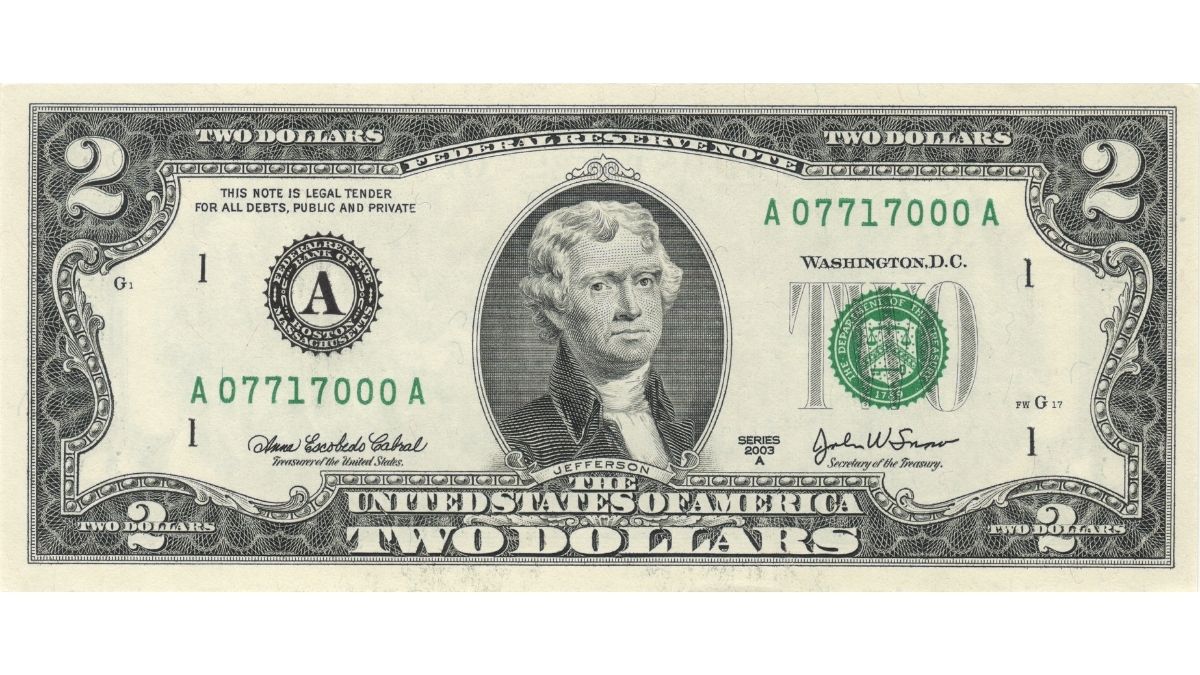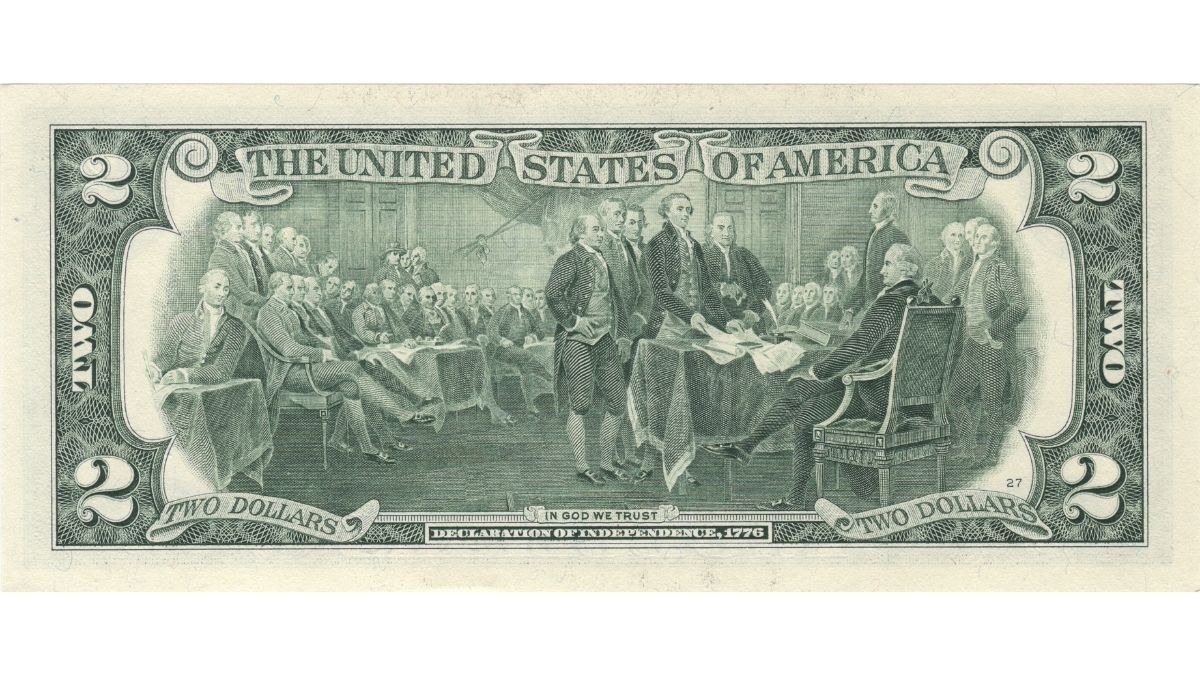Who is on the 2-dollar bill? For a long time, there has been a lot of mystery and false information about the $2 bill, which is also known as the "Tom" or "deuce." A lot of people think it has been discontinued, which makes it seem rare and gives it a cult-like following among collectors and curious people. The U.S. Federal Reserve, on the other hand, keeps printing these notes as needed. As of 2020, there were more than 1.4 billion in circulation. This note, which has a picture of one of America's Founding Fathers and a historical event, is a fascinating mix of art and history. So, who is on the 2-dollar bill? What are its secrets? Why does it interest so many people? Let's learn more about the history, symbols, and interesting facts that make the two-dollar bill a true American treasure.
| Category | Details about $2 Bill |
| Front | Thomas Jefferson, the third U.S. President. |
| Back | The Signing of the Declaration of Independence, a depiction of the famous John Trumbull painting. |
| First Issued | The first $2 bill was issued in 1862. The modern design with Jefferson was adopted in 1929. |
| Last Series | The most recent series is the Series 2013, though printing continues. |
| Circulation | Contrary to popular belief, it is still being printed and is considered legal tender. |
Who is on the $2 Bill?

The face you see on the front of the modern $2 bill is Thomas Jefferson, the third President of the United States. His portrait, based on a painting by Gilbert Stuart, has been the standard on this denomination since the design was simplified in 1929. However, Jefferson wasn't always the sole occupant of the $2 note. Earlier versions of the currency, dating back to 1862, featured figures like Alexander Hamilton, the first Secretary of the Treasury, and other notable figures, making the current design the oldest in continuous use on any U.S. currency.
Find Out - Who is on the $1 Bill? Check History and Secret Symbols You Never Noticed
Symbols on the Back of the $2 Bill

While the front of the bill is quite straightforward, the back tells a much more detailed story. The intricate scene on the reverse is an engraving of the famous painting "The Declaration of Independence" by artist John Trumbull. The painting itself depicts the five-man drafting committee presenting their work to the Continental Congress. The bill's engraving is a slightly modified version of the original artwork, but it captures the historical weight of the event. Before the 1976 bicentennial series, the reverse of the $2 note featured an engraving of Monticello, Jefferson's Virginia home.
When Did They Stop Making 2 Dollar Bills?
One of the most persistent myths about the two-dollar bill is that the government stopped making them. The U.S. Bureau of Engraving and Printing still makes them, and they are still legal tender. From 1966 to 1976, the denomination was not used, but it was brought back with the current design to mark the 200th anniversary of the United States. People think it's rare because it's not widely used in everyday transactions, and many people keep them as collectibles, but the truth is that it's not printed anymore.
Must Read - List of 7 US Currency Denominations still in Circulation
Facts about the Two-Dollar Bill that May Surprise You
-
It's not rare (for the most part): While they're not a common sight in your wallet, the Federal Reserve reported over $1.5 billion worth of $2 bills in circulation.
-
A jinxed past: The note once had a reputation for being "unlucky" and was sometimes associated with gambling and political bribery. Some people would tear off a corner to "break the bad luck."
-
It's older than you think: The current design of the front of the $2 bill, featuring Jefferson, is the oldest in use on any U.S. currency.
-
A collector's treasure: While most modern $2 bills are only worth their face value, some older and rare series—like those from the late 19th century or certain "star notes"—can be worth hundreds, and even thousands, of dollars to collectors.
In conclusion, the $2 bill is an interesting part of American history that goes against what most people think. It is not an old piece of currency; it is a fully functional piece of money with a long history and many meanings. Because it is so rare in everyday life, it is even more mysterious, making it a unique and interesting find for anyone who comes across one.
Comments
All Comments (0)
Join the conversation